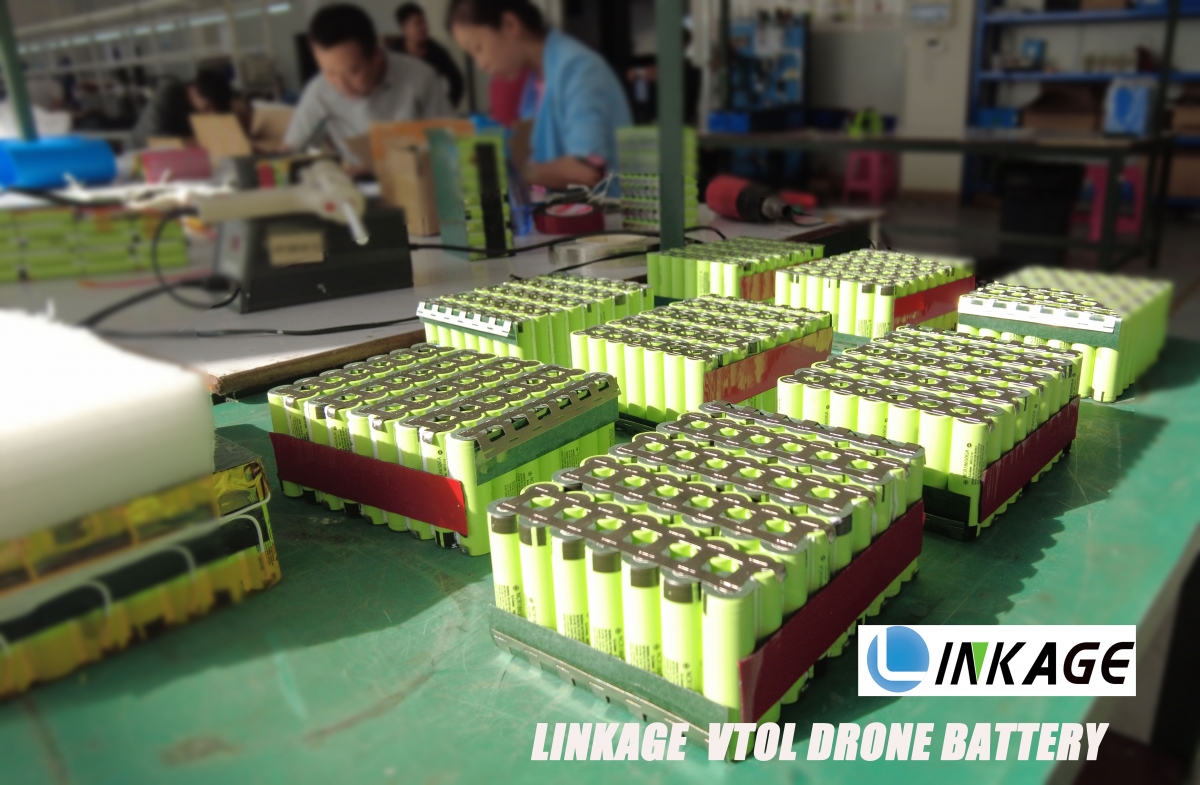- 28
- Dec
Formation mechanism and prevention of lithium dendrite
Dendrite lithium simply means that when the amount of lithium embedded in graphite exceeds its tolerance, the excess lithium ions will combine with electrons coming from the negative electrode and begin to deposit on the surface of the negative electrode. In the process of recharge the battery, a voltage from the outside the world and the internal lithium ion anode materials to emerge into the electrolyte medium, electrolyte of lithium ion also under the condition of the voltage difference between the outside world to the carbon layer move, because the graphite is a layered channel, lithium lithium will enter the channel with carbon to form carbon compounds, LiCx (x=1~6) graphite interlaminar compounds are formed. The electrochemical reaction on the anode of lithium battery can be expressed as follows:

In this formula, you have one parameter, the picture, and if you add the two together the picture, you get dendrite lithium. There’s a concept here that everyone is familiar with, graphite interlaminar compounds. Graphite interlamellar compounds (GICs for short) are crystalline compounds in which non-carbonaceous reactants are inserted into graphite layers by physical or chemical means to combine with hexagonal network planes of carbon while maintaining graphite lamellar structure.
Iespējas:
Dendrite lithium is generally deposited on the contact position of the diaphragm and the negative pole. Students who have experience in dismantling batteries should often find a layer of gray material on the diaphragm. Yes, that is lithium. Dendrite lithium is lithium metal formed after lithium ion receives electron. Lithium metal can no longer form lithium ion to participate in the charge and discharge reaction of battery, resulting in the reduction of battery capacity. Dendrite lithium grows from the surface of the negative electrode toward the diaphragm. If lithium metal is continuously deposited, it will eventually Pierce the diaphragm and cause battery short circuit, causing battery safety problems.
Ietekmējošie faktori:
The main factors affecting the formation of dendrite lithium are the roughness of the anode surface, the concentration gradient of lithium ion and the current density, etc. In addition, SEI film, the type of electrolyte, solute concentration and the effective distance between the positive and negative electrodes all have a certain influence on the formation of dendrite lithium.
1. Negative surface roughness
The roughness of the negative electrode surface affects the formation of dendrite lithium, and the rougher the surface is, the more conducive it is to the formation of dendrite lithium. The formation of dendrite lithium involves four major contents, including electrochemistry, crystology, thermodynamics and kinetics, which are described in detail in the article of David R. Ely.
2. Gradient and distribution of lithium ion concentration
After escaping from the positive material, the lithium ions pass through the electrolyte and membrane to receive electrons at the negative electrode. During the charging process, the concentration of lithium ions in the positive electrode gradually increases, while the concentration of lithium ions in the negative electrode decreases due to the continuous acceptance of electrons. In a dilute solution with high current density, the ion concentration becomes zero. The model established by Chazalviel and Chazalviel shows that when the ion concentration is reduced to 0, the negative electrode will form a local space charge and form a dendrite structure. The growth rate of the dendrite structure is the same as that of the ion migration rate in the electrolyte.
3. Current density
In the article Dendrite Growth in Lithium/Polymer Systems, the author believes that the Growth rate of the tip of Dendrite Lithium is closely related to the current density, as shown in the following equation:
Bilde
If the current density is reduced, the growth of dendrite lithium can be delayed to a certain extent, as shown in the figure below:
Bilde
Kā izvairīties:
The formation mechanism of dendrite lithium is still clear, but there are various growth models of lithium metal. According to the formation and influencing factors of dendrite lithium, the formation of dendrite lithium can be avoided from the following aspects:
1. Control the surface flatness of the anode material.
2. The size of negative particles should be smaller than the critical thermodynamic radius.
3. Control the wettability of electrodeposition.
4. Limit the electroplating potential below the critical value. In addition, the traditional charging and discharging mechanism can be improved, for example, pulse mode can be considered.
5. Add electrolyte additives that stabilize the negative-electrolyte interface
6. Replace liquid electrolyte with high strength gel/solid electrolyte
7. Establish the surface protection layer of high strength lithium anode
Finally, two questions are left for discussion at the end of the article:
1. Where is the electrochemical reaction of lithium ions? One is that lithium ions on the surface of graphite electrochemical reaction after solid mass transfer, to reach the saturation state. Second, lithium ions migrate into graphite layers through grain boundaries of graphite microcrystals and react in graphite.
2. Do lithium ions react with graphite to form lithium carbon compound and dendrite lithium synchronously or sequentially?
Welcome to discuss, leave a message ~
